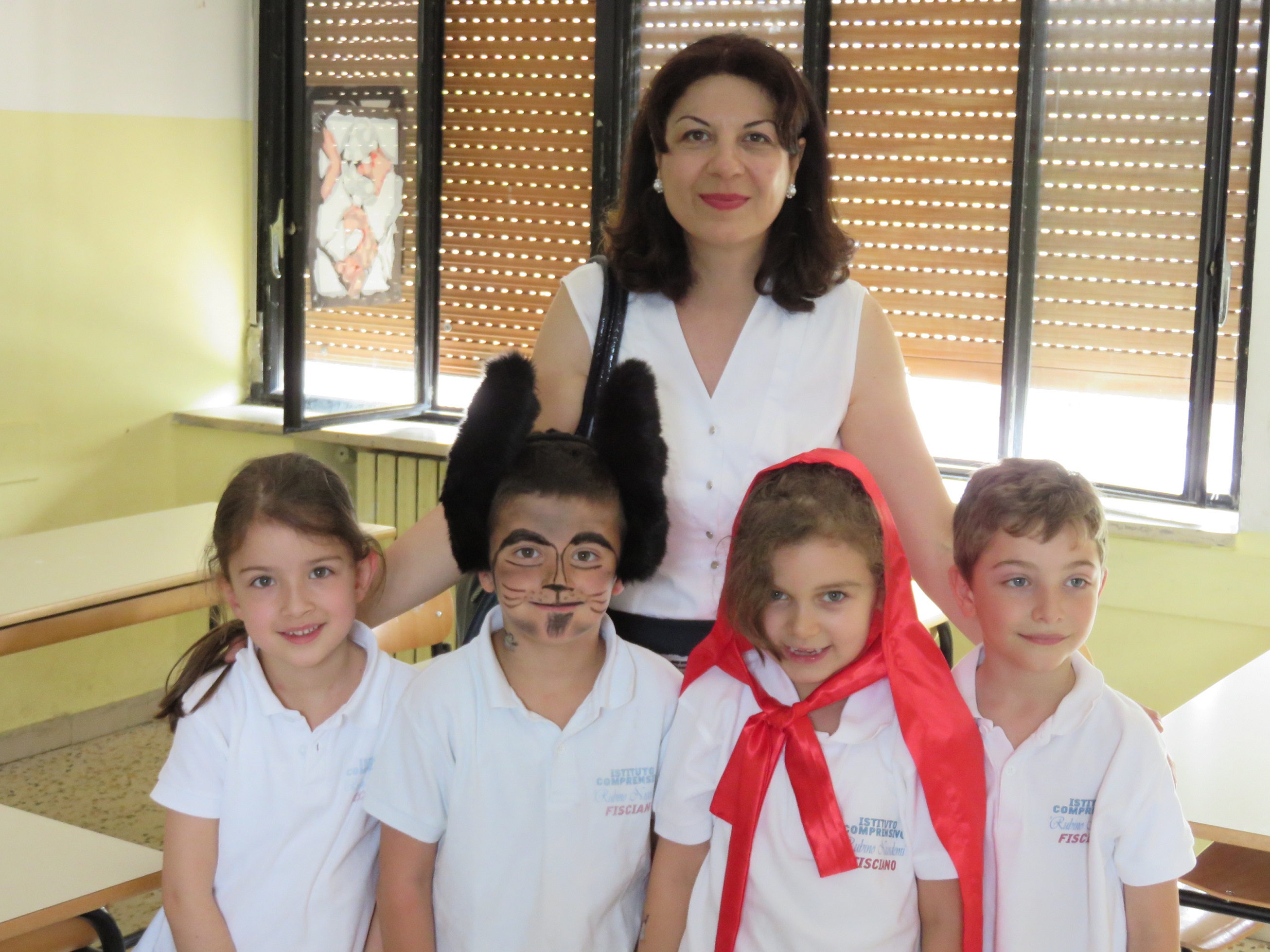SBATEYL
A Web and School-based Professional Development Project for Foreign Language Teachers of Young Learners
Project Description

The aim of the project is to design a professional development program for language
teachers of young learners. This program involves:
1. A web-based on-line in-service education (INSET) program with 10 modules to introduce the recent theories and pedagogical approaches regarding early language teaching to teachers in Europe.
2. School-based opportunities for teachers to implement and test these approaches in their own classes and develop their innovative classroom activities under the supervision of the trainers.
The duration of the project is 3 years (01.09. 2014 - 31.08. 2017)
•Recent curriculum initiatives around the globe started to introduce foreign languages to children at an earlier age (Nikolova, 2008; Nikilov & Curtain, 2000; Nunan, 2003).
•European Union countries also decided to introduce at least two foreign languages starting at age 6, following the European Council’s initiation in 2002. In addition, European Commission, in its report "Promoting language learning and linguistic diversity: An action plan 2004-2006" (2003) emphasized the importance and advantages of early learning of one or more foreign languages in the EU member states.
•These curriculum initiatives were grounded in the view that the younger the child is when he/she starts learning a language, the better proficiency he/she will arrive (e.g. Cenoz, 2003; Long, 1990).
•It is known that success of any curriculum innovation is largely dependent on teachers as they are the major change agents; however, most language teachers are not prepared adequately to teach children.
Common problems with current practice in Europe:
•Teachers are educated to teach adults.
•Generalists are teaching language classes.
•Teachers are unaware of the special needs of younger learners (Dendrinos, 2010).
•Teachers feel insecure and inconfident while working with children (Drew &Hasselgreen, 2008; Lundberg, 2007).
•Primary school language classrooms around Europe lack variation and challenges, interesting materials, and physical activities (Lundberg, 2007).
Project
Coordinator
Hacer Hande Uysal is currently an associate professor and the director of the Gazi Academic Writing & Research Center at Gazi University, Ankara, Turkey. She received her master’s degree on English Education and her Ph.D. in Foreign Language/ESL Education from The University of Iowa. Her research interests are second language writing, intercultural rhetoric, academic discourse, early language teaching, and language planning and policy.
SBATEYL is a professional teacher education project funded by the European Commission under Erasmus+ Key Action 2: Cooperation for Innovation and the Exchange of Good Practices; Strategic Partnership for School Education Program.
Rationale
Objectives
At the end of the project, we expect our new open-access Web-based INSET program to:
• remedy the problems caused by inadequate professional preparedness of early
language teachers.
•improve teacher quality and professional profile of primary-level language teachers across Europe.
•serve as a good model for other INSET program developers and policy makers across Europe.
• contribute to the realization of multilingualism because all the methodologies, pedagogical suggestions, and activities included will be valid and completely adaptable for teaching/learning various different languages for young learners.
• enable young learners in Europe to learn languages more effectively with the help of better prepared teachers for their age-specific needs.
Distinct
Features
• Bottom-up.
• Teachers and their needs are at the center.
• Collaboration between teachers and between academics and teachers.
• Longer and flexible.
• Flipped approach (first online education then school-based implementation).
• A school-based follow-up supervision and after-care support element.
• Both formative and summative evaluation phases.
Evaluation
Mechanisms
1. Internal monitoring and evaluation by partners.
2. Constant piloting of the modules in partner primary schools and qualitative analysis of the results.
3. External evaluation.
